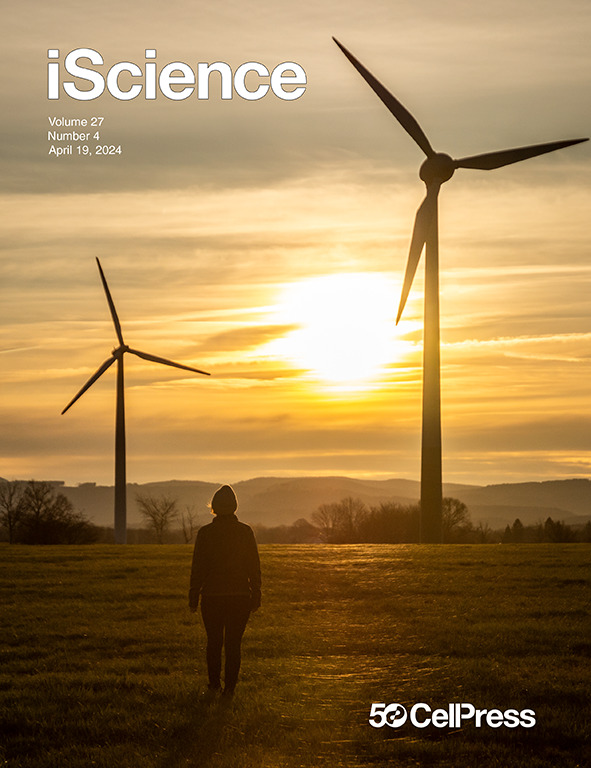解密黑色素瘤迁移受限过程中预先存在和诱导的三维基因组结构变化
IF 4.6
2区 综合性期刊
Q1 MULTIDISCIPLINARY SCIENCES
引用次数: 0
摘要
转移性癌细胞穿过的狭窄空间会对细胞核和其中的基因组内容物产生作用力。癌症肿瘤具有高度异质性,并非其中的所有细胞都能实现这一壮举。在此,我们研究了哪些初始基因组结构特征有利于癌细胞的收缩迁移能力,以及哪些只有在通过多次收缩后才会出现的基因组结构特征。我们发现了一种细胞表面蛋白(ITGB4),它的表达与人类黑色素瘤 A375 细胞初始收缩迁移能力的增强相关。通过对这一亚群进行分类,我们确定了有利于迁移的细胞和核特征,以及只有在细胞通过收缩后才会出现的改变。我们确定了一些特定的基因组区域,这些区域只有在收缩迁移后才会出现基因组空间分区特征的改变。我们的研究揭示了三维基因组结构对癌症转移过程中细胞命运变化的选择和诱导机制的贡献。本文章由计算机程序翻译,如有差异,请以英文原文为准。

Deciphering pre-existing and induced 3D genome architecture changes involved in constricted melanoma migration
Metastatic cancer cells traverse constricted spaces that exert forces on their nucleus and the genomic contents within. Cancerous tumors are highly heterogeneous and not all cells within them can achieve such a feat. Here, we investigated what initial genome architecture characteristics favor the constricted migratory ability of cancer cells and which arise only after passage through multiple constrictions. We identified a cell surface protein (ITGB4) whose expression correlates with increased initial constricted migration ability in human melanoma A375 cells. Sorting out this subpopulation allowed us to identify cellular and nuclear features that pre-exist and favor migration, as well as alterations that only appear after cells have passed through constrictions. We identified specific genomic regions that experienced altered genome spatial compartment profiles only after constricted migration. Our study reveals 3D genome structure contributions to both selection and induction mechanisms of cell fate change during cancer metastasis.
求助全文
通过发布文献求助,成功后即可免费获取论文全文。
去求助
来源期刊

iScience
Multidisciplinary-Multidisciplinary
CiteScore
7.20
自引率
1.70%
发文量
1972
审稿时长
6 weeks
期刊介绍:
Science has many big remaining questions. To address them, we will need to work collaboratively and across disciplines. The goal of iScience is to help fuel that type of interdisciplinary thinking. iScience is a new open-access journal from Cell Press that provides a platform for original research in the life, physical, and earth sciences. The primary criterion for publication in iScience is a significant contribution to a relevant field combined with robust results and underlying methodology. The advances appearing in iScience include both fundamental and applied investigations across this interdisciplinary range of topic areas. To support transparency in scientific investigation, we are happy to consider replication studies and papers that describe negative results.
We know you want your work to be published quickly and to be widely visible within your community and beyond. With the strong international reputation of Cell Press behind it, publication in iScience will help your work garner the attention and recognition it merits. Like all Cell Press journals, iScience prioritizes rapid publication. Our editorial team pays special attention to high-quality author service and to efficient, clear-cut decisions based on the information available within the manuscript. iScience taps into the expertise across Cell Press journals and selected partners to inform our editorial decisions and help publish your science in a timely and seamless way.
 求助内容:
求助内容: 应助结果提醒方式:
应助结果提醒方式:


